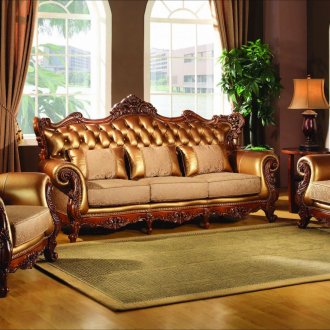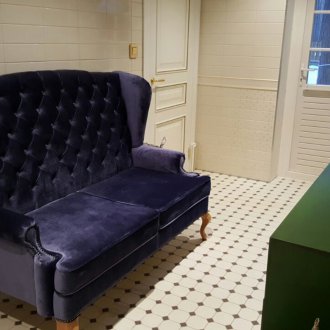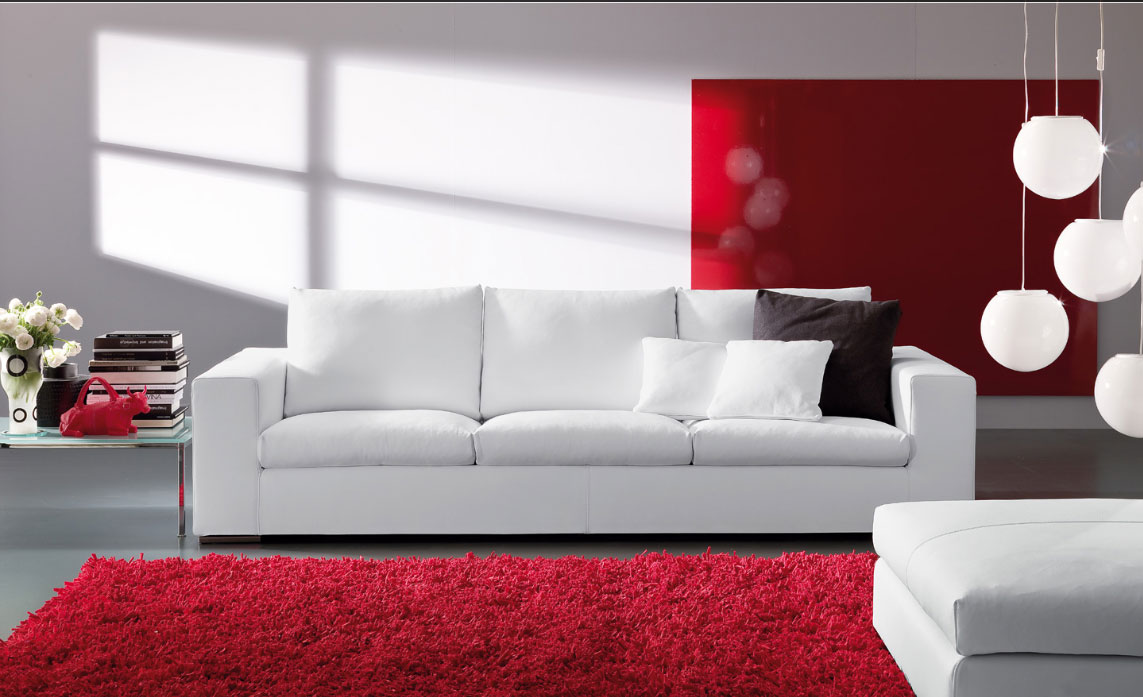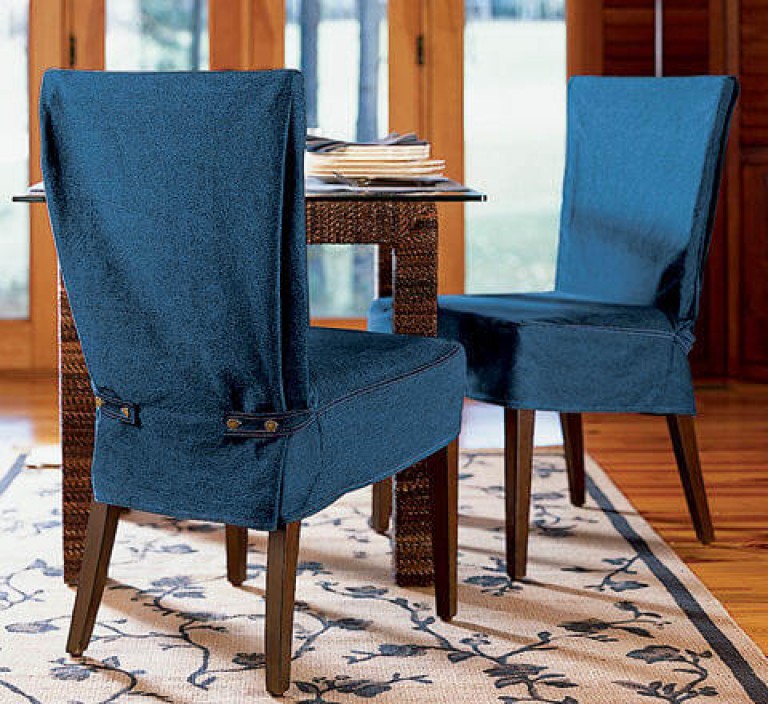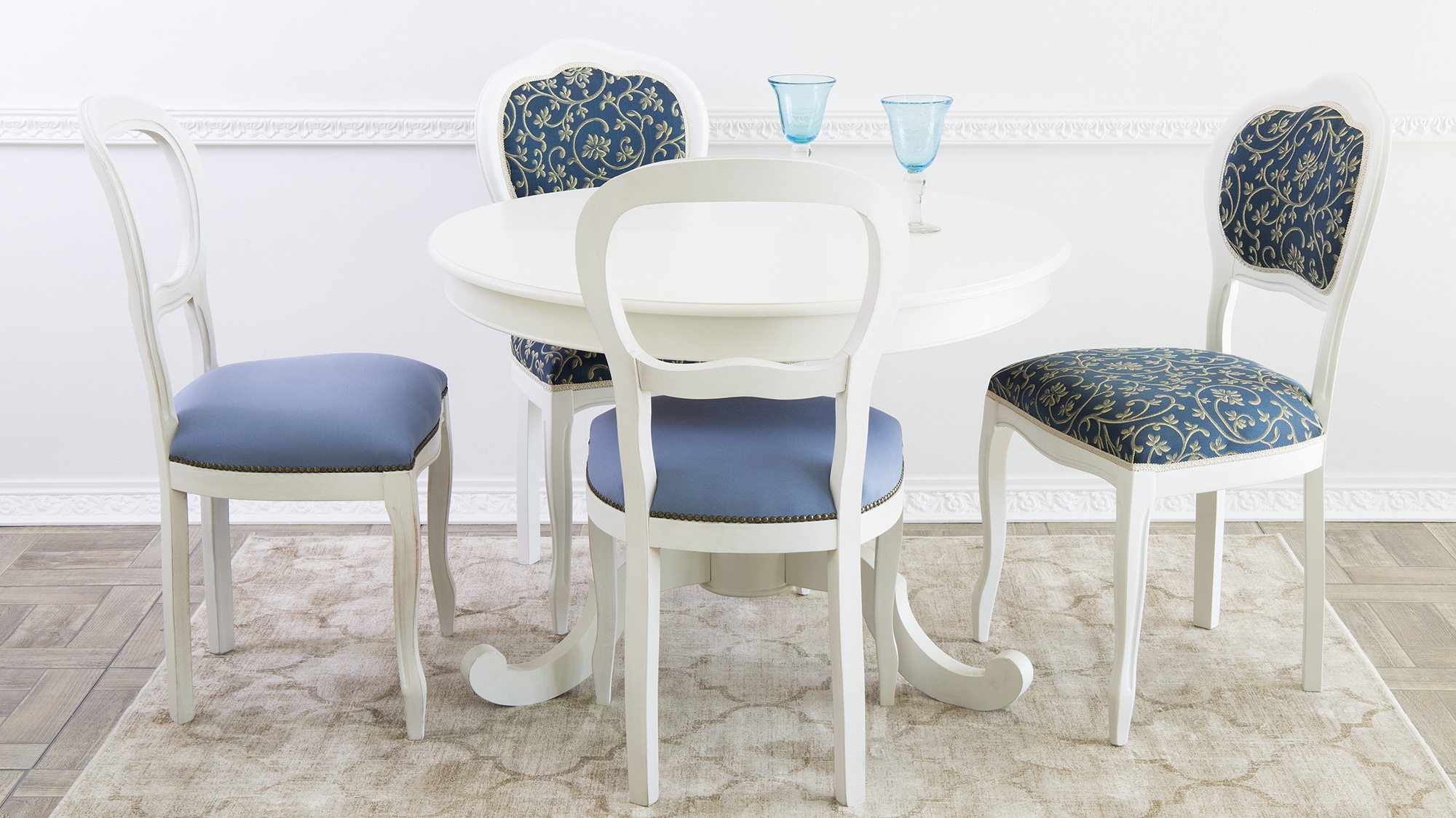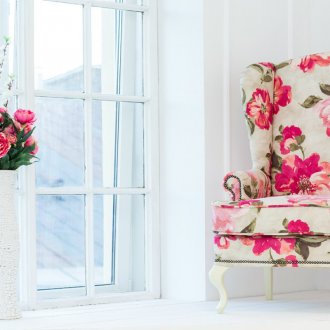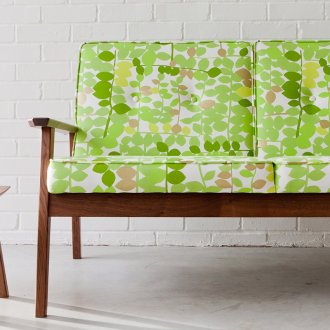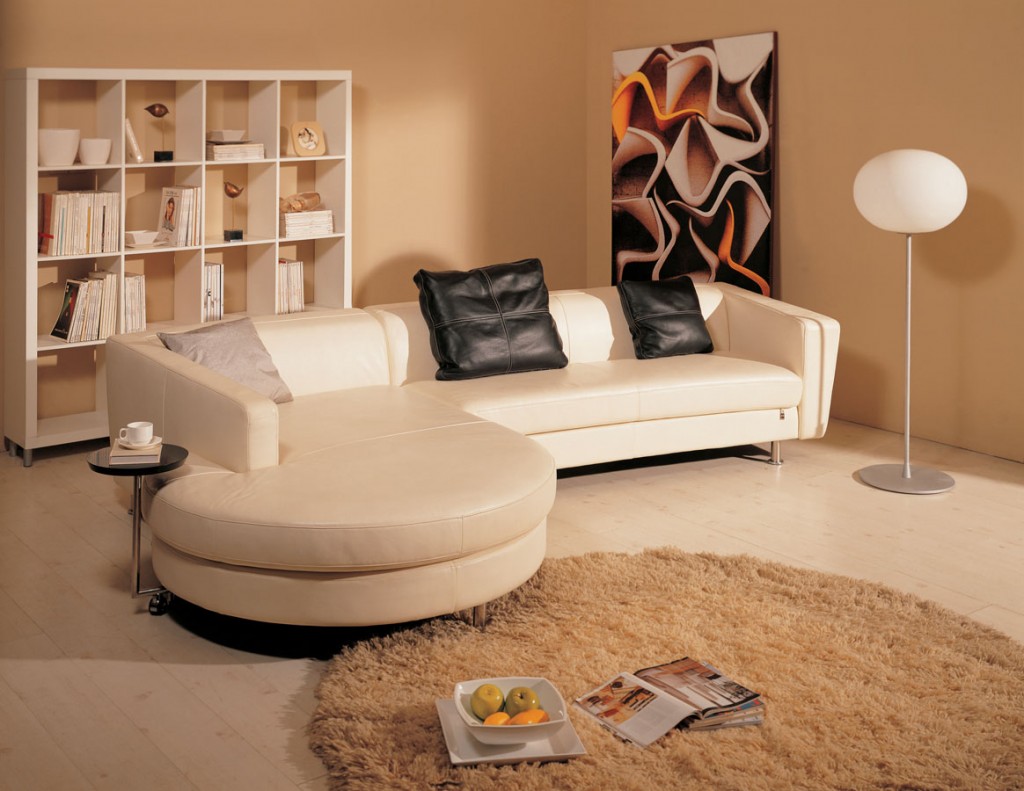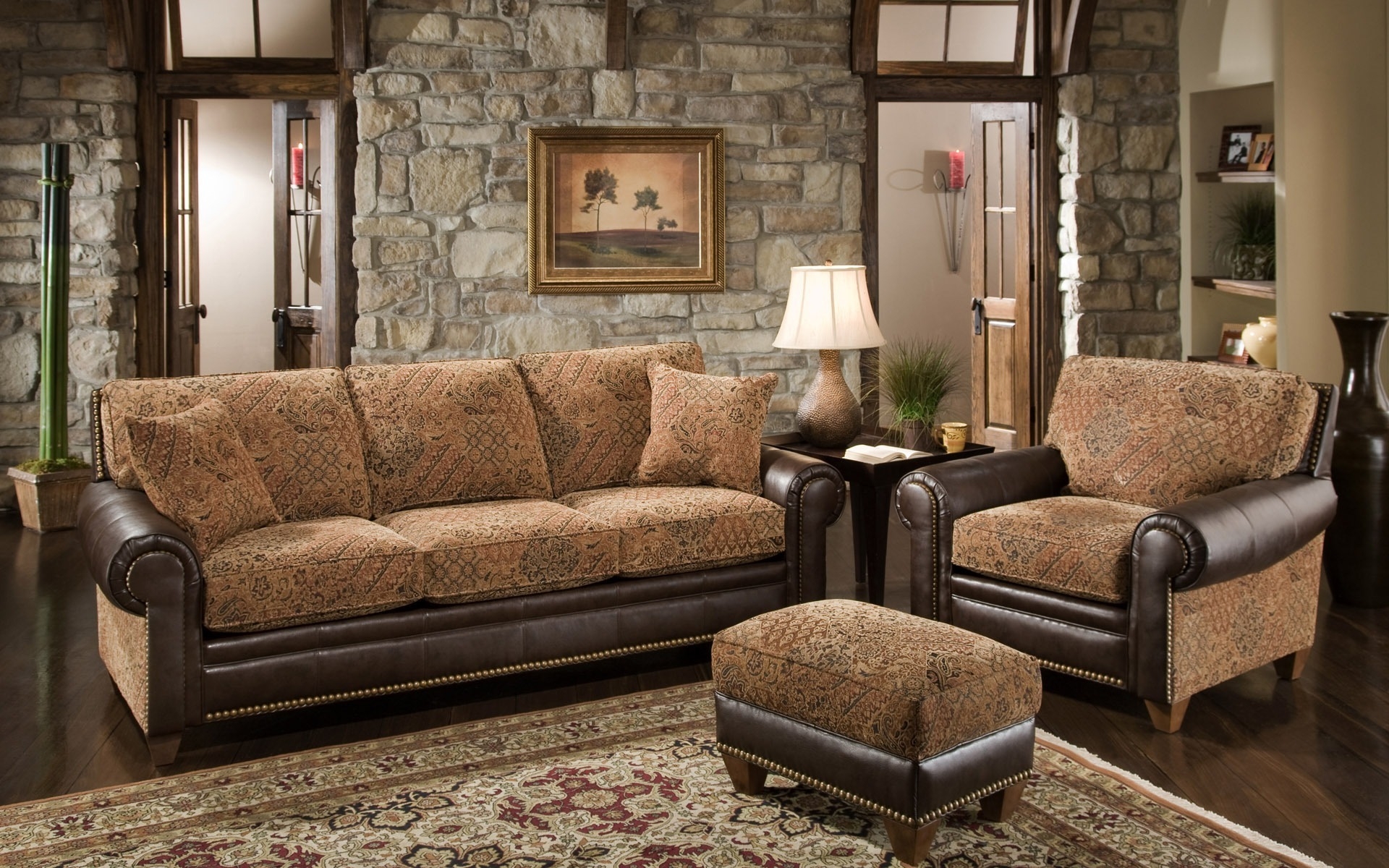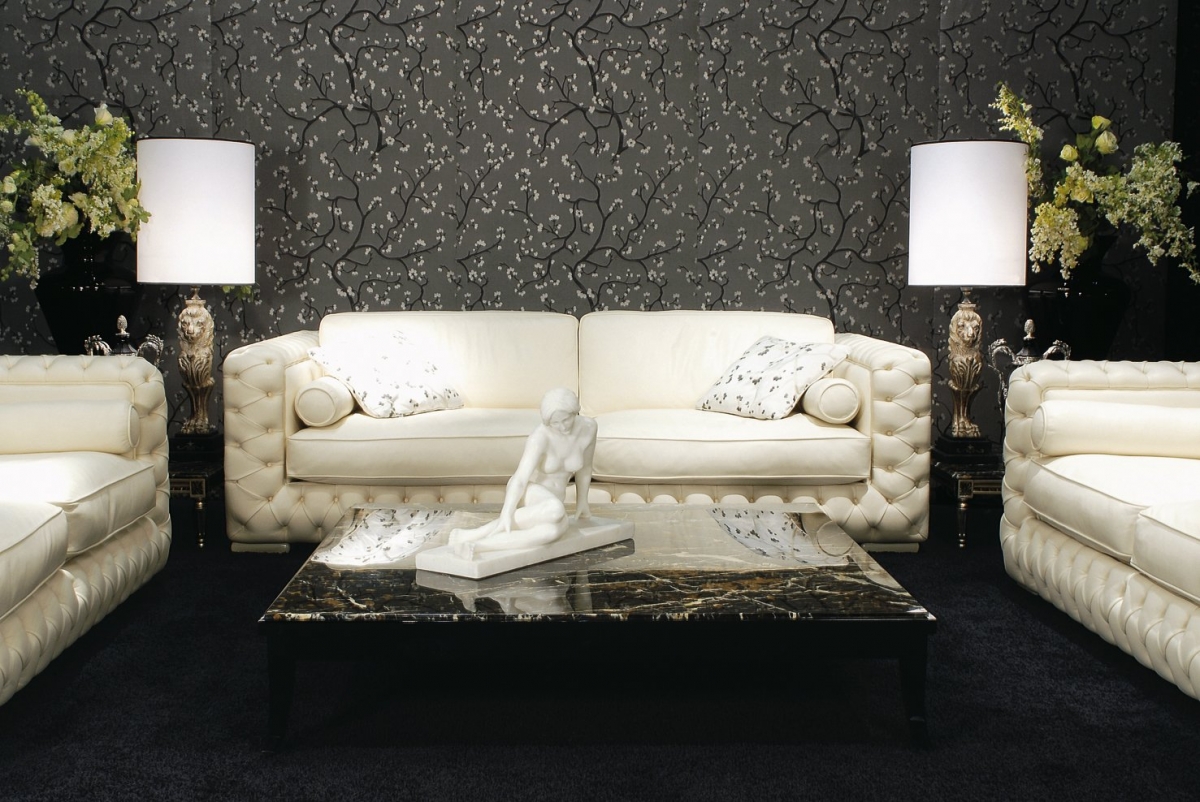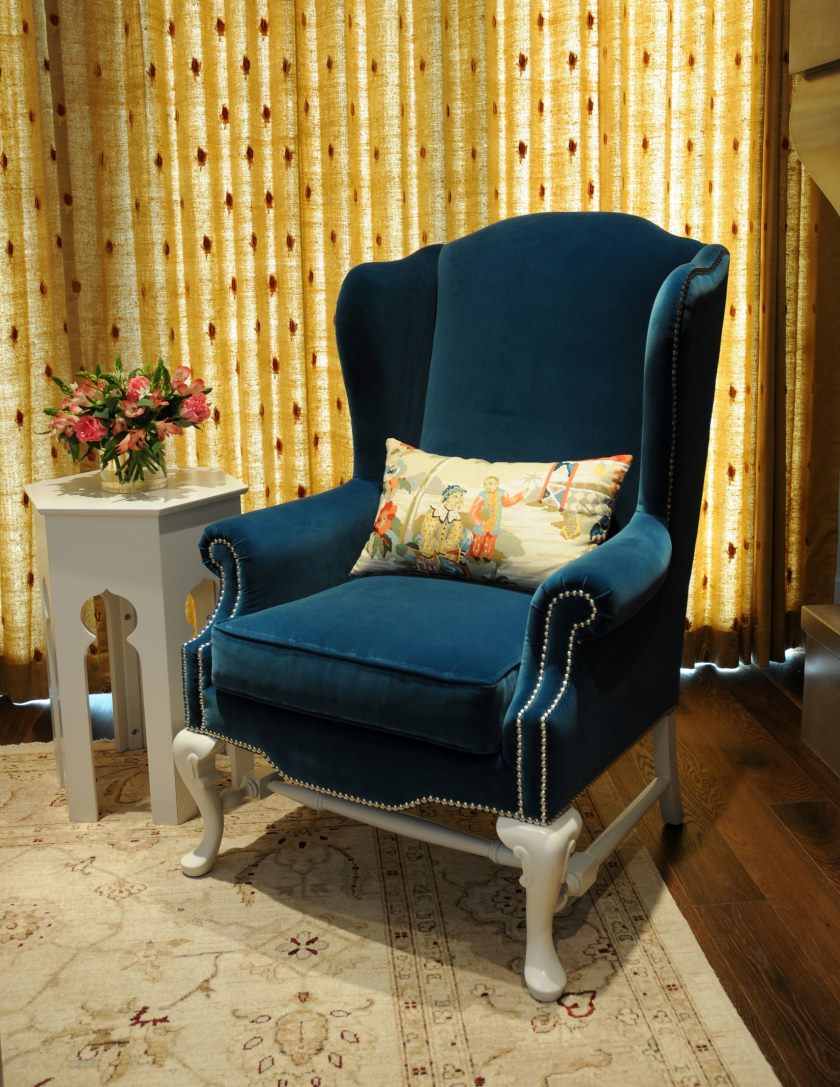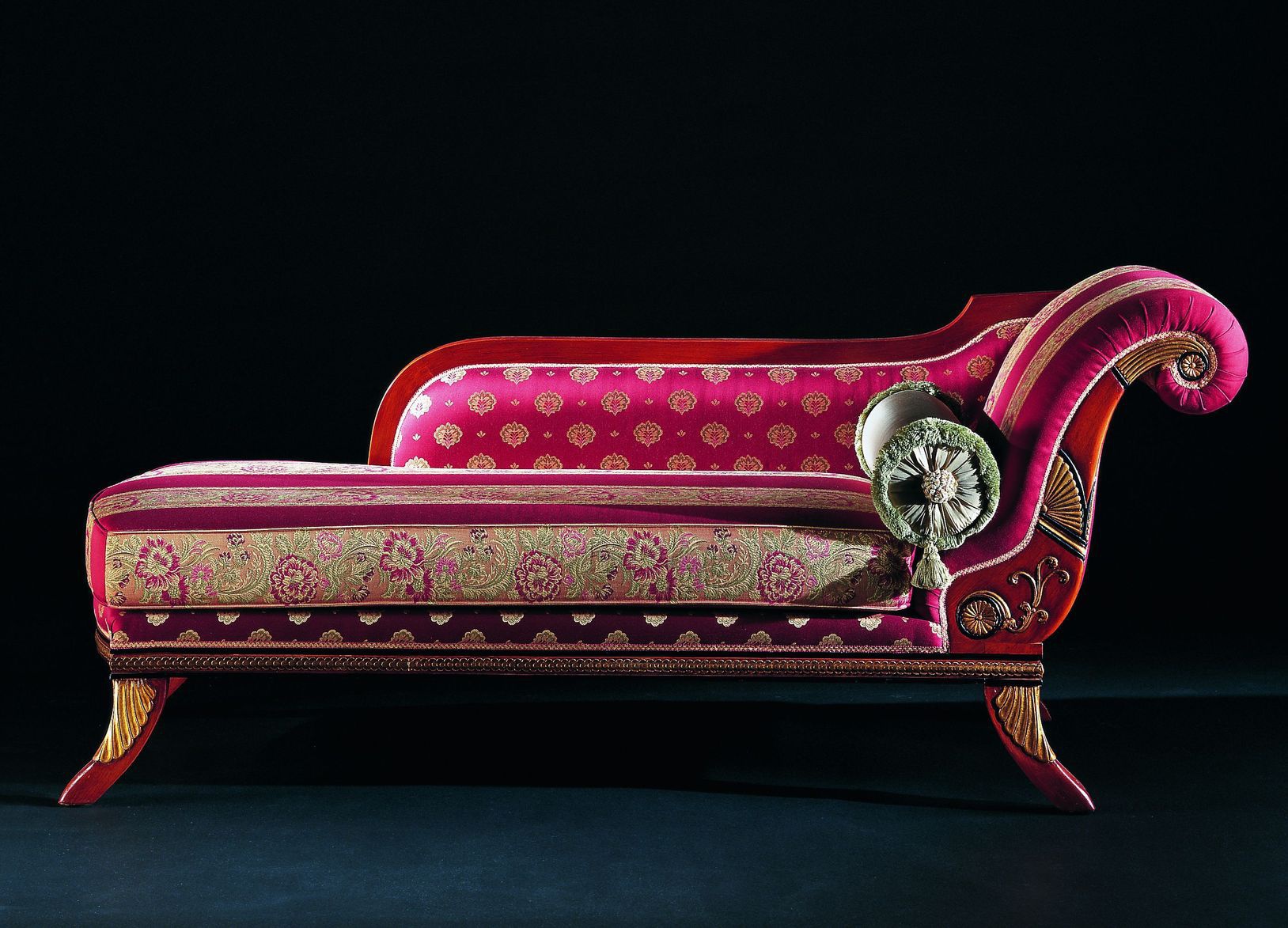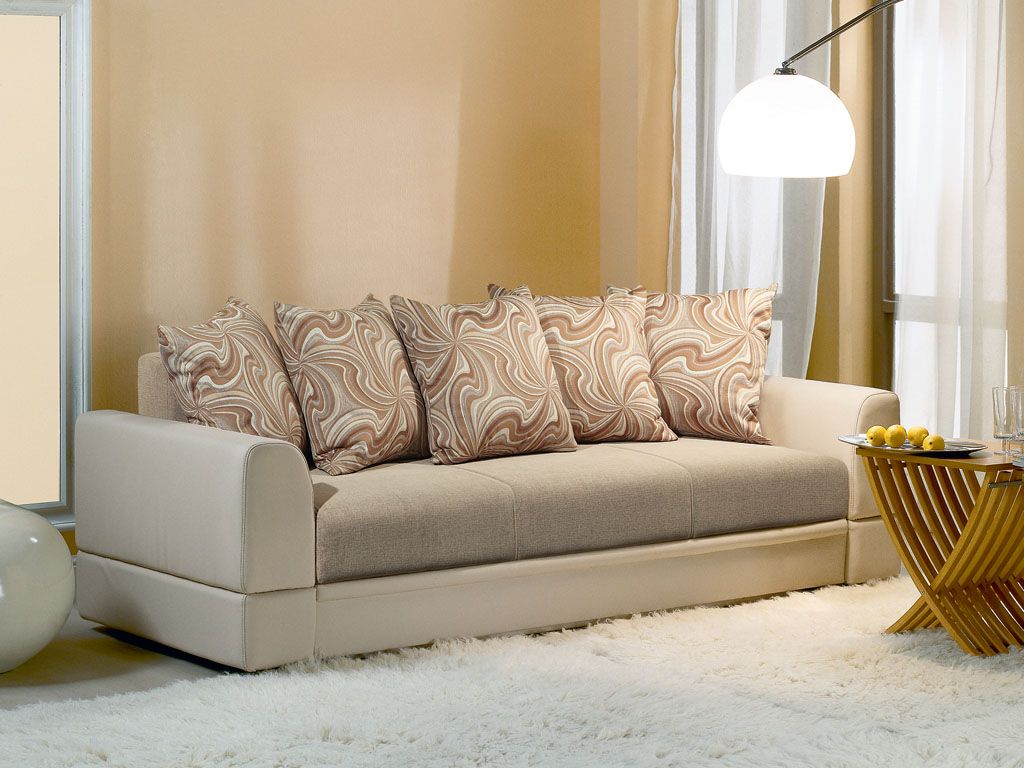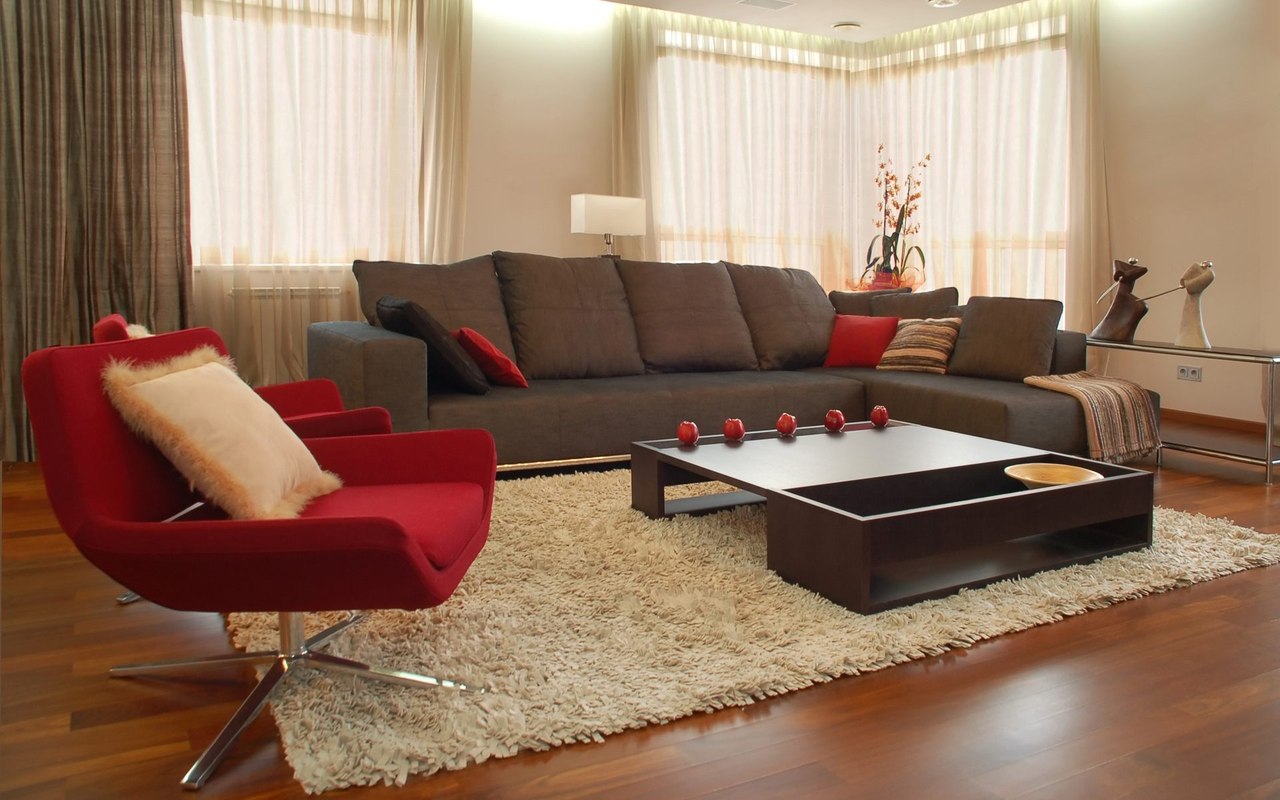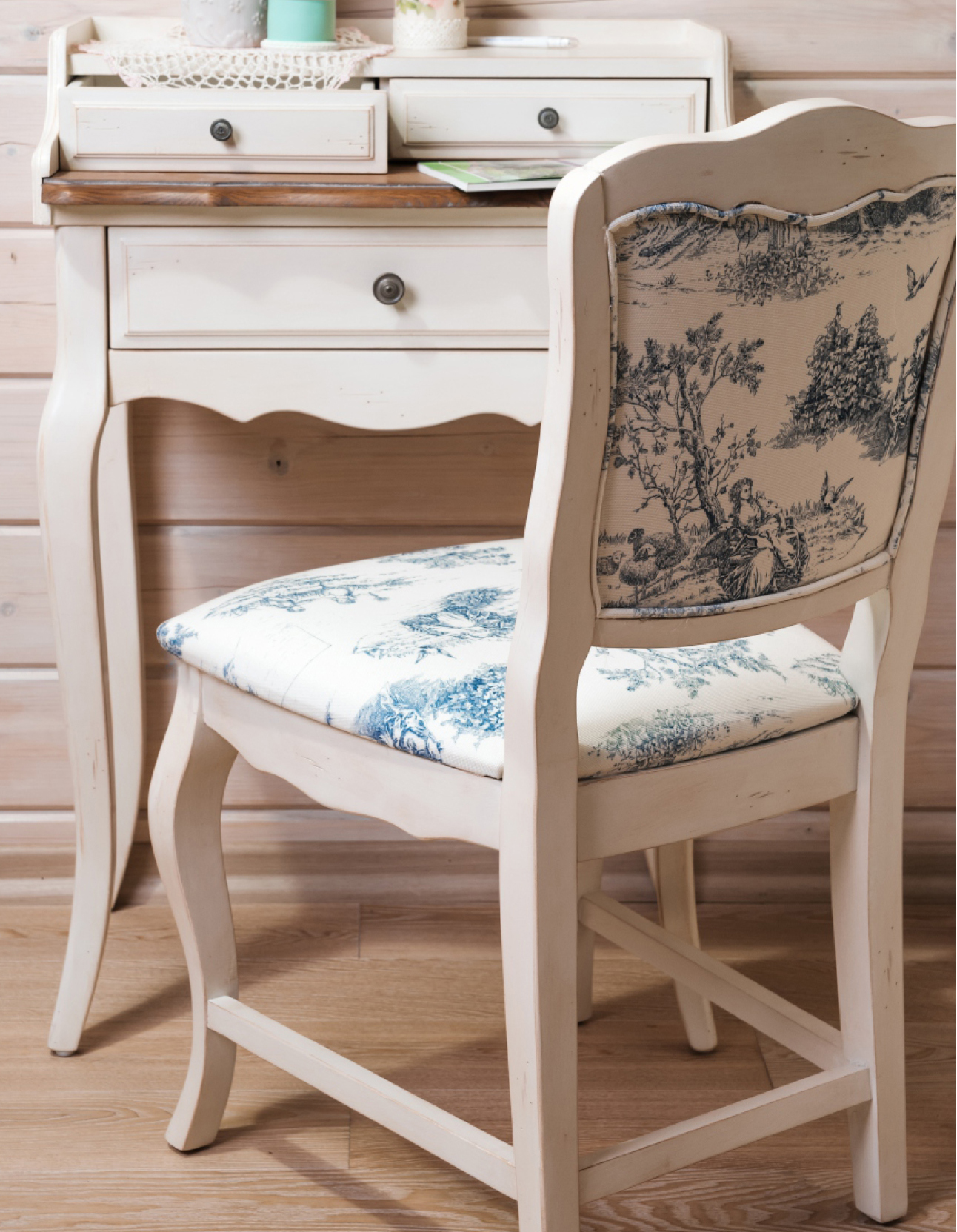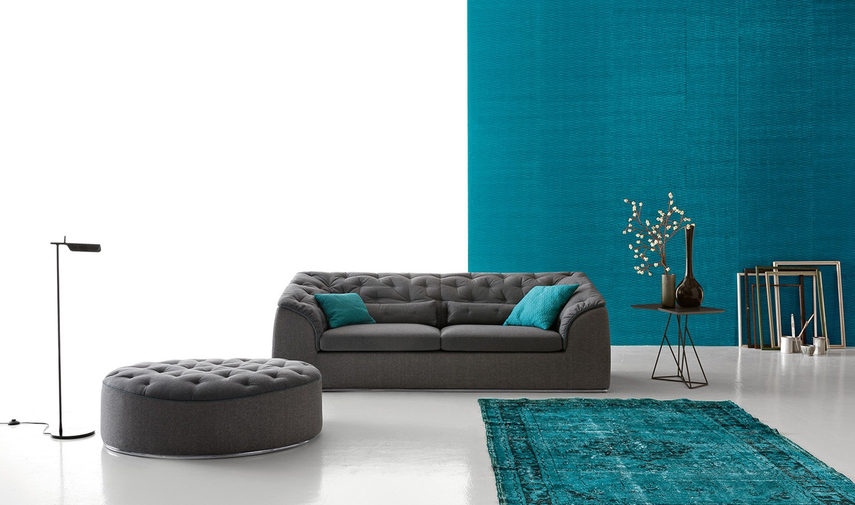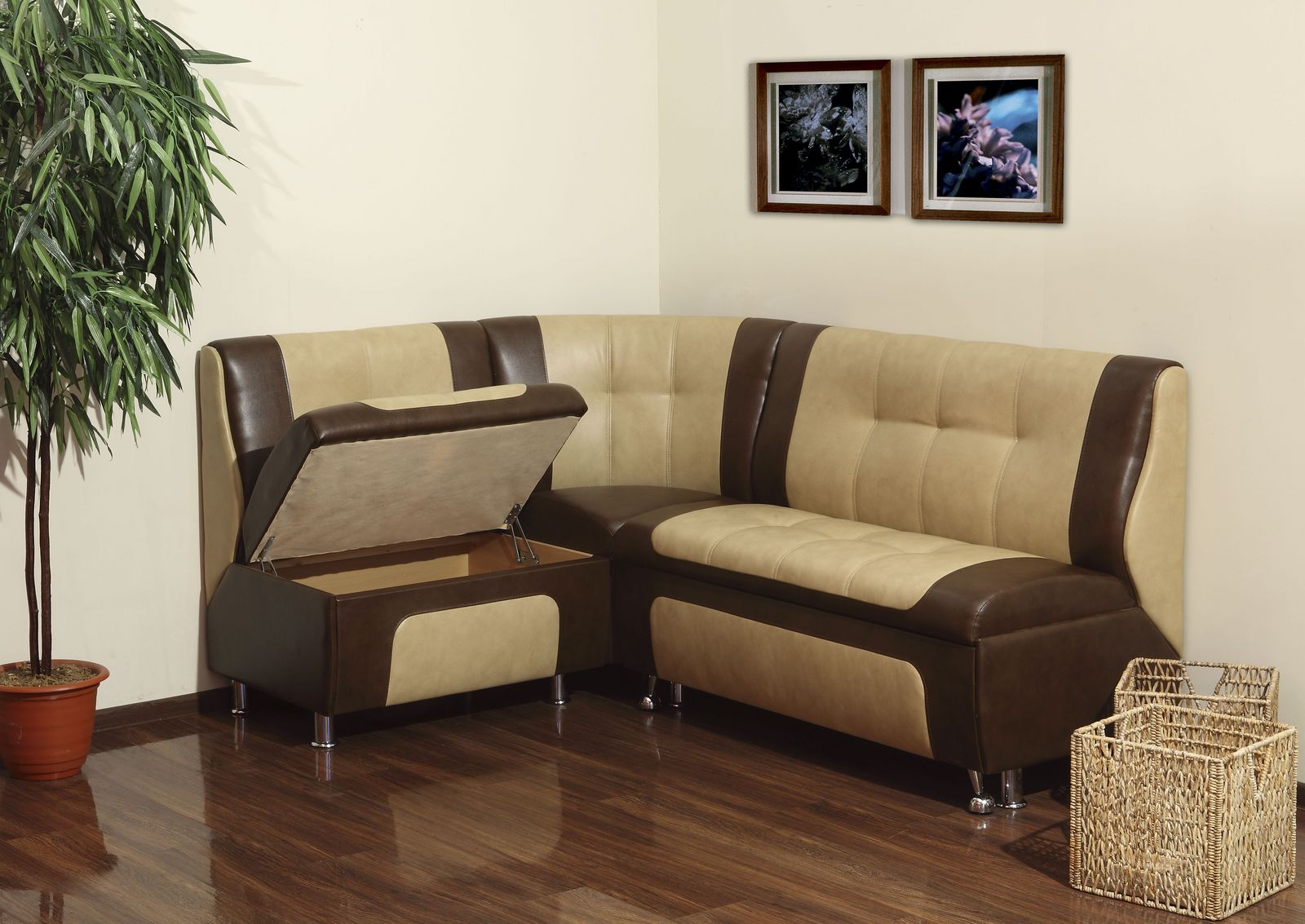Upholstery fabric upholstery: types, performance, selection rules (21 photos)
Content
The choice of high-quality durable and at the same time aesthetically attractive upholstery for upholstered furniture is not an easy and responsible task. Correct fabric upholstery can transform any even-looking sofa in the bedroom, living room, or reanimate a "living" computer chair.
Many buyers make a typical mistake: they choose upholstery for furniture, focusing only on its external characteristics. This approach is fundamentally wrong - the fabric should be wear-resistant, easy to clean and last at least 5-10 years.
Types of Upholstery
All fabrics for upholstery are divided into conditional categories. The classification is based on such basic criteria:
- operational properties;
- strength;
- price;
- aesthetics and lightness.
There is a certain pattern: fabrics with a higher density are more expensive and belong to the highest category.
- Cotton, light shannil, scotchguard - 1 category.
- Velveteen, flock, suede, dense cotton - 2-3 categories.
- Jacquard, tapestry, dense chenille - category 4.
- Arpatek, faux leather, suede with a pattern - 5-6 category.
- Natural light inexpensive skin - category 7;
- Thick genuine leather at a high price - category 8.
Characteristics of popular fabrics
Let us consider in more detail what upholstery materials exist for upholstered furniture.
Velours
Silky fabric, in the manufacture of which both natural and synthetic fibers are used. Velor can be of various shades. The main advantages of the material are non-toxicity (safety), hairiness, softness.
It is better to use velor for upholstering sofas in living rooms and beds in bedrooms. In kitchens, living rooms, hallways and children's rooms, it is inappropriate, as it quickly gets dirty and difficult to clean, quite capricious in leaving.
Scotchguard (furniture cotton)
Durable, lightweight, pleasant to the touch material. Scotchguard fabric sofas fit well in living rooms, bedrooms, and children's rooms. Furniture cotton is easy to clean, not afraid of moisture, looks great and does not fade.
Jacquard
It is a dense, durable and aesthetically pleasing fabric. Due to the fact that jacquard threads are tightly woven together, this material looks quite textured and is considered one of the most wear-resistant. A jacquard fabric bed will decorate any bedroom. This fabric does not lose shape for a long time and retains a presentable appearance, the material is easy to clean. In specialized stores you can find a wide range of jacquard upholstery in any color and pattern.
Shannil
It is rightfully recognized as the most durable and durable fabric. The secret of Chennai's durability is in the technology of its production: semi- and purely synthetic threads tightly twist in a spiral in the longitudinal and transverse directions, creating a strong monolithic canvas. It is noteworthy that chenille is an environmentally friendly, safe and hypoallergenic material.
This fabric has several significant drawbacks: it quickly absorbs moisture (unaesthetic wet spots remain) and is difficult to clean. A chair with chenille fabric upholstery fits perfectly into the interior. This material is suitable for use in all types of rooms.
Flock
The basis of the fabric is satin, cotton, polyester or twill, coated with a special adhesive composition. Fine artificial pile is applied to them, as a result of which the result is a durable soft and sufficiently resistant to mechanical stress material. The flock is hardy, easy to clean, spots on it are almost invisible. The fabric is durable, lightweight, in stores there are various options for its colors and patterns.
Microfiber
The modern canvas, which is resistant to pollution, allows air to pass through. The fabric is made by weaving threads of polyester and polyamide. The material is easy to wash, has a long service life, looks elegant and soundly, easy to care for, quite durable.
Faux leather
Durable, practical and yet inexpensive upholstery. The fabric is easy to clean, does not absorb moisture, spots are invisible on it. The canvas is non-toxic, does not wear out for a long time. The main disadvantages of artificial leather are its instability to mechanical damage (scratches often remain on it) and insignificant heat resistance.
Genuine Leather
Such upholstery is high-quality, practical, aesthetically attractive, presentable, but at the same time very expensive. In the manufacture of furniture, pig, goat and horse skin are preferred.
High-quality upholstery material should be even, smooth, shiny, not have creases, scuffs and bubbles. The correct genuine leather on which the sofa, armchair or chair is upholstered has a uniform thickness.
Velveteen
It can be completely natural (cotton) or mixed (cotton with elastane or polyester). Velveteen is available in various colors and shades, it is plain or with a longitudinal striped pattern. There is also micro-velveteen and material with a small, medium and complex hem.
The material is very difficult to care for, it cannot be squeezed out, but it is only necessary to gently pat the stains formed on the fabric and treat them with a special solution. In general, velveteen is practical, soft, easy to use, aesthetically pleasing, does not crease, and is pleasant to the touch.
Arpatek
Synthetic "competitor" of the skin. It consists of cotton, polyurethane and viscose. The fabric has good performance properties, high heat capacity, does not coarse and does not crumble in the cold. The material is hypoallergenic and safe (suitable for upholstering children's bedroom furniture), durable, resistant to moisture, does not fade, it is easy to care for.
Tapestry
Heavy and wear-resistant fabric that is suitable for upholstery of any furniture. Previously, the tapestry was exclusively natural, now in the shops you can find synthetic versions of this upholstery material (they have better performance properties). The tapestry is afraid of dust, burns out quickly enough. The fabric is plain, colored, with a printed pattern.
Rules for choosing upholstery for furniture
In addition to personal taste preferences and original design findings, other factors should be considered when selecting fabrics for hauling a sofa, chair, armchair or bed.
So, materials that are quickly worn away, but at the same time are made of natural safe hypoallergenic fibers, have bacteriostatic properties and are best suited for bedrooms.
Printed fabrics are suitable for continuous use. If we are talking about the restoration of "old" furniture, it is recommended to give preference to monophonic durable easy-care fabrics without texture (for example, artificial leather).
Shaggy canvases are also suitable for self-tightening - they allow you to cover existing furniture defects as much as possible and do not require a meticulous fitting of seams.
Designers for their own furniture constriction advise using combined fabrics or using several upholstery materials at once.
The toxicity (allergenicity) of the fabric can be determined even in the store by smell: the specific “aroma” that exudes the upholstery indicates that heavy dyes were used in the process of tinting.
Before operating the fabric, it is better to subject its sample to wet and heat treatment - this will help to understand how this or that material will behave under the influence of water and high temperatures.
Focusing on these recommendations, you can choose a really high-quality, aesthetically attractive, presentable and affordable upholstery for furniture.
